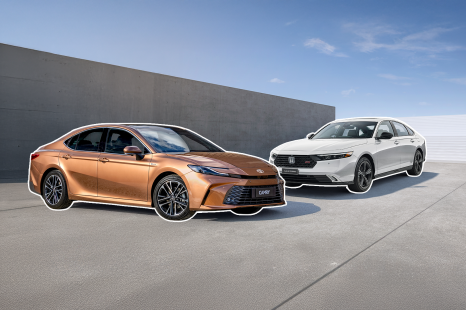

Andrew Maclean
2025 Honda Accord e:HEV RS vs Toyota Camry SL: Spec Battle
3 Months Ago

News Editor
Audi’s electric flagship, the e-tron GT, may look much the same, but under the skin it has received a raft of enhancements to its powertrain and suspension.
Instead of e-tron GT and RS e-tron GT models, the range now comprises three variants: the S e-tron GT, RS e-tron GT, and range-topping RS e-tron GT Performance.
We’ve contacted Audi Australia to confirm when the updated e-tron GT will arrive Down Under.

The RS e-tron GT performance is Audi’s first electric RS performance model and its most powerful production car yet, and builds on the RS e-tron GT that was the brand’s first electric RS.
All models have a new, lighter rear electric motor that uses parts from Audi and Porsche’s new Premium Platform Electric, which underpins the new Porsche Macan and Audi Q6 e-tron.
The RS e-tron GT performance also has modified power electronics on the front axle and a revised pulse inverter, allowing for even higher discharge currents.
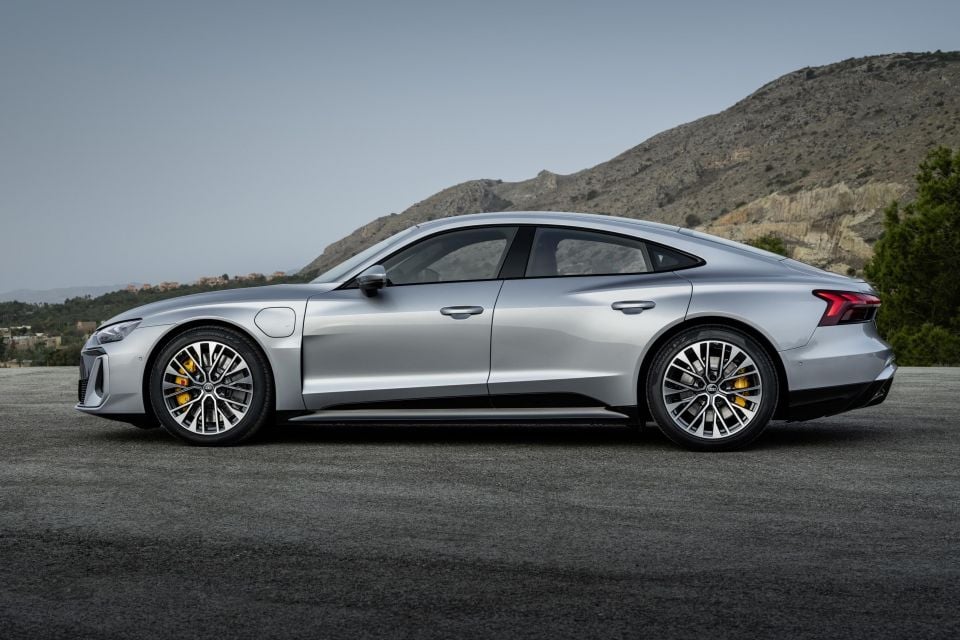
A boost function in RS models, activated via a steering wheel control, brings an extra 70kW for 10 seconds.
Audi says it has increased power across the range while also improving energy efficiency.
| Total system output | 0-100km/h | Efficiency (WLTP) | |
|---|---|---|---|
| S e-tron GT | 500kW | 3.4 seconds | 18-19.7kWh/100km |
| RS e-tron GT | 630kW | 2.8 seconds | 18.4-21.1kWh/100km |
| RS e-tron GT performance | 680kW | 2.5 seconds | 18.7-20.8kWh/100km |
For context, the outgoing e-tron GT had 350kW or 390kW in boost mode and did the 0-100km/h dash in 4.1 seconds, while the RS e-tron GT had 440kW-475kW and a 0-100km/h time of 3.3 seconds.
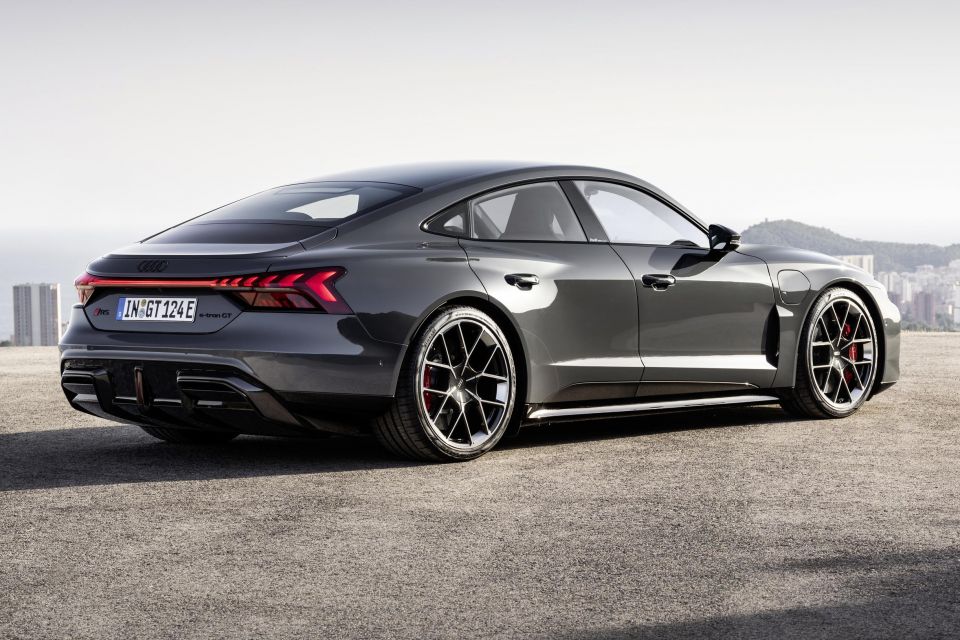
There’s a new, more energy-dense battery with a gross capacity of 105kWh and a net capacity of 97kWh.
The amount of energy available via regenerative braking has been increased to 400kW, and there remain three preset levels of recuperation selectable using the paddle shifters.
Maximum charging power has been increased by 50kW to 320kW, and Audi says the battery has a wider fast-charging window that allows it to reach a high charge rate faster.
22kW AC charging capability is optional, while a heat pump is standard.

The digital instrument cluster displays new battery information such as the temperature and a fast-charging forecast.
The e-tron GT rides on newly developed air suspension with two-chamber/two-valve technology, with active suspension optional.
The active suspension is claimed to “almost entirely neutralise” vibrations, while compensating for pitching and rolling and offering “near-perfect road grip with its balanced distribution of wheel loads”.
The S e-tron GT allows you to choose between Efficiency, Comfort, Dynamic and Individual drive modes, while RS models feature a pair of individually configurable RS modes and the performance has an additional mode intended for track driving.

There’s a newly developed and enlarged brake system, with carbon-fibre ceramic discs and 10-piston calipers optional across the range.
All-wheel steering continues to be available, which can rotate the rear wheels by a maximum of 2.8 degrees – in the opposite direction to the front wheels at up to 50km/h for greater agility, or in the same direction as the front wheels above 80km/h for greater stability.
Audi hasn’t messed with the e-tron GT’s striking styling.
There are new 20-inch wheel designs plus optional 21-inch wheels inspired by the 1991 Avus quattro concept.
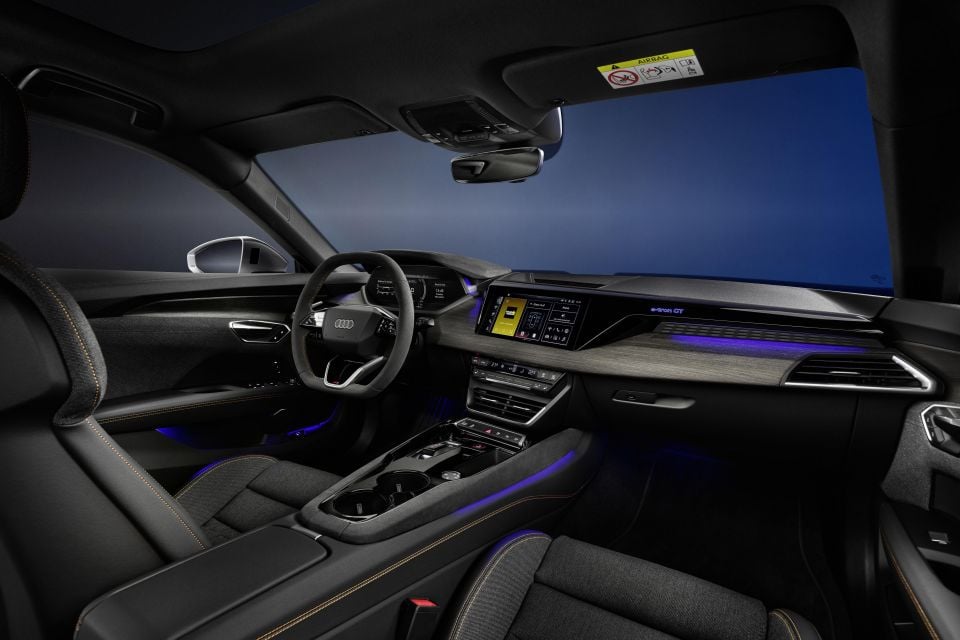
Audi has rolled out its more two-dimensional logo design, while there’s a new Bedford Green hero colour for the RS e-tron GT performance.
The new S e-tron GT has a distinctive look that Audi says stands for “elegant sportiness”, with a “homogenous and expressive” front end that differs from the RS models with their extensive use of honeycomb-patterned trim.
RS models also have a racier rear diffuser, while the performance is available with a matte darkened carbon roof and carbon camouflage trim for the bumpers, diffuser and mirrors.
Inside, there’s a new steering wheel, as well as new seats. The S e-tron GT comes standard with 14-way sports seats, while the performance is available with 18-way front seats.
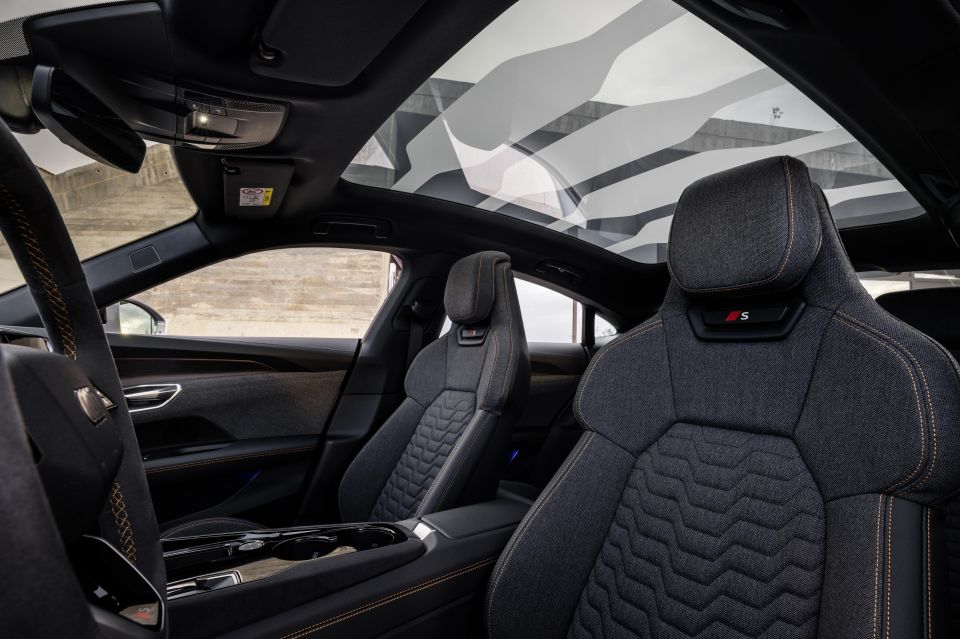
There are new ‘natural linear anthracite birch’ and ‘matte carbon camouflage’ inlays, plus trim finished in an available Vanadium finish that looks different depending on the lighting.
The puddle lights have also been upgraded.
The panoramic glass roof is available with polymer-dispersed liquid crystal (PDLC) or ‘smart glass’ technology, turning opaque or transparent at the touch of a button. You can also choose four preset modes via the touchscreen.
RS models get RS-specific content. For example, the flagship performance has a white power display and speedometer which Audi says is a tribute to the 1994 RS2 Avant.
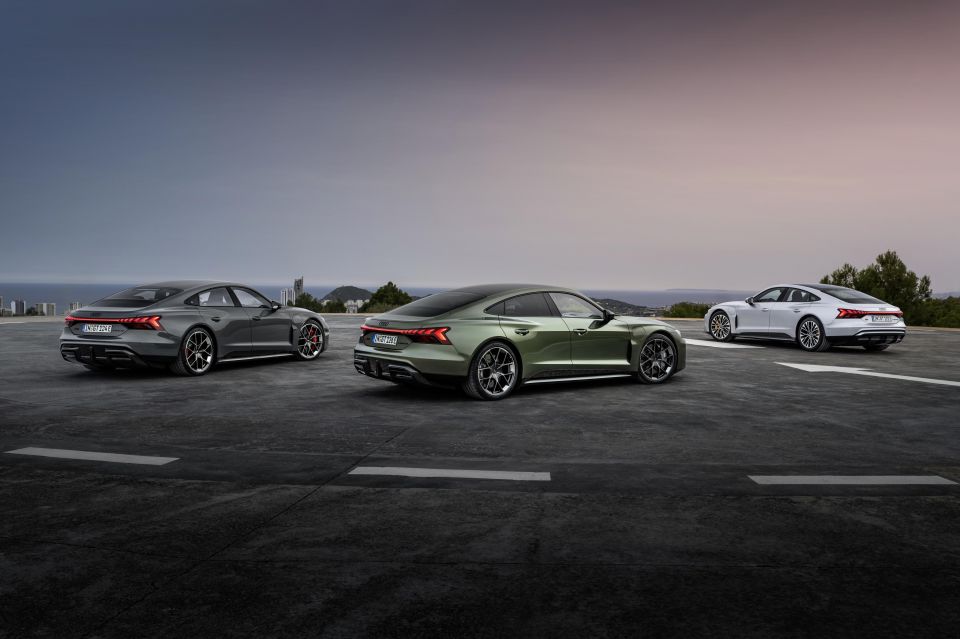
The e-tron GT debuted in 2021, with first Australian arrivals taking place late in 2022.
It shares its J1 platform with the Porsche Taycan, which also recently received updates such as the new battery, boost mode, and rear electric motor.
While the RS e-tron GT is more powerful than before, the Porsche Taycan Turbo S still has a slight edge in overall power. It pumps out 700kW with launch control activated, and can do the 0-100km/h sprint in just 2.4 seconds.
Where expert car reviews meet expert car buying – CarExpert gives you trusted advice, personalised service and real savings on your next new car.
William Stopford is an automotive journalist with a passion for mainstream markets and historical automotive pieces.


Andrew Maclean
3 Months Ago
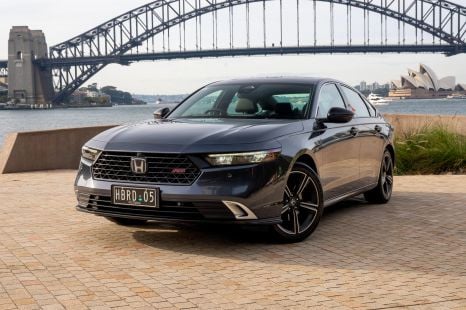

Andrew Maclean
3 Months Ago
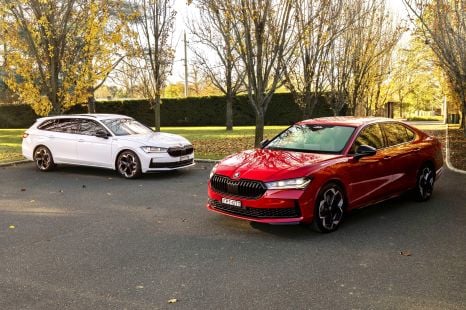

Max Davies
3 Months Ago
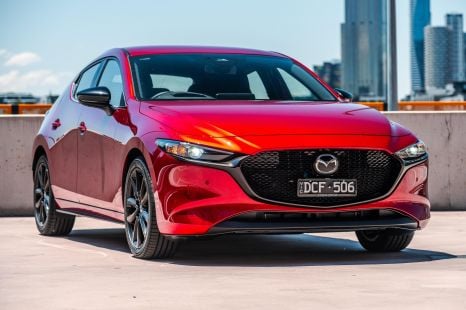

Josh Nevett
3 Months Ago


Josh Nevett
2 Months Ago


James Wong
2 Months Ago